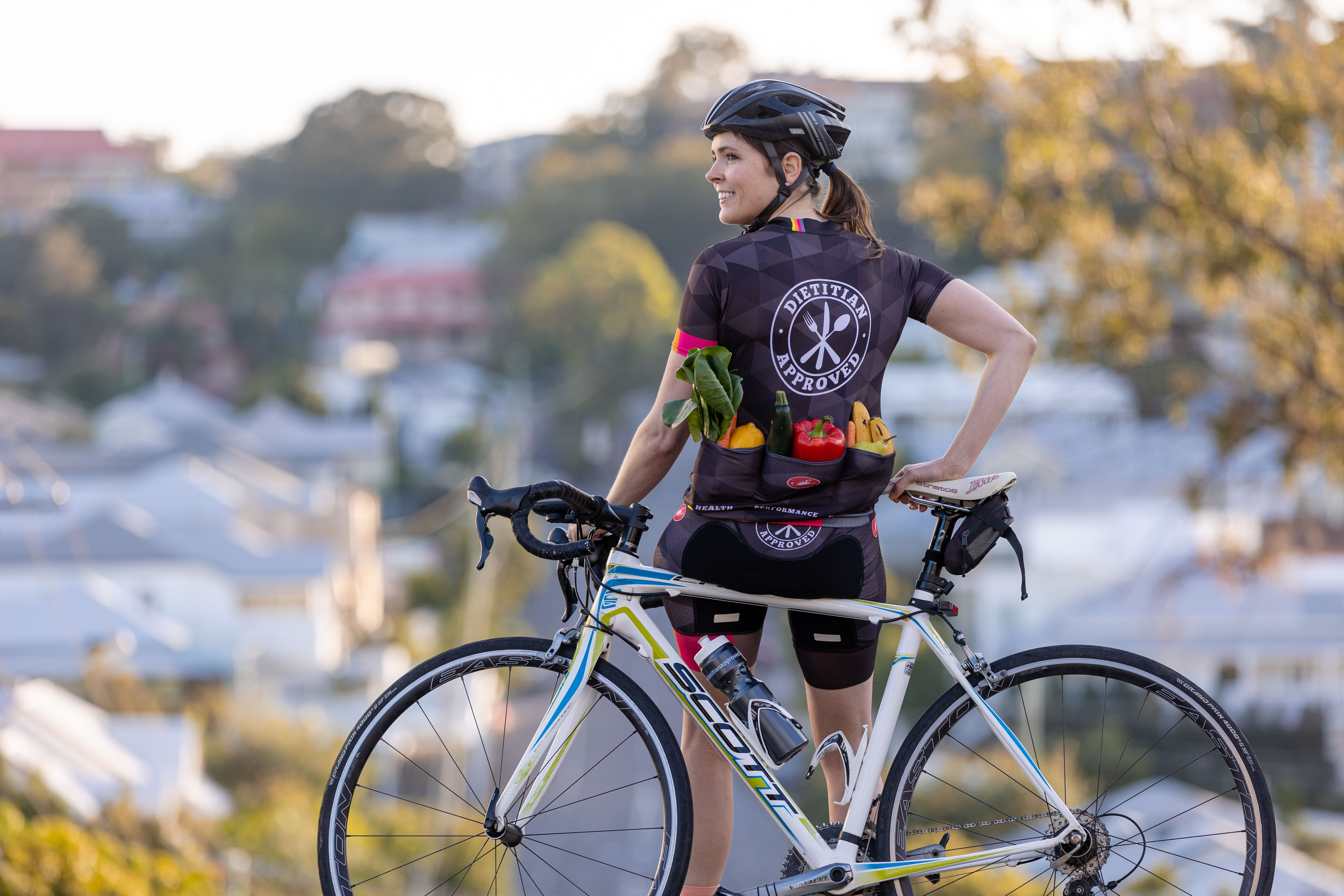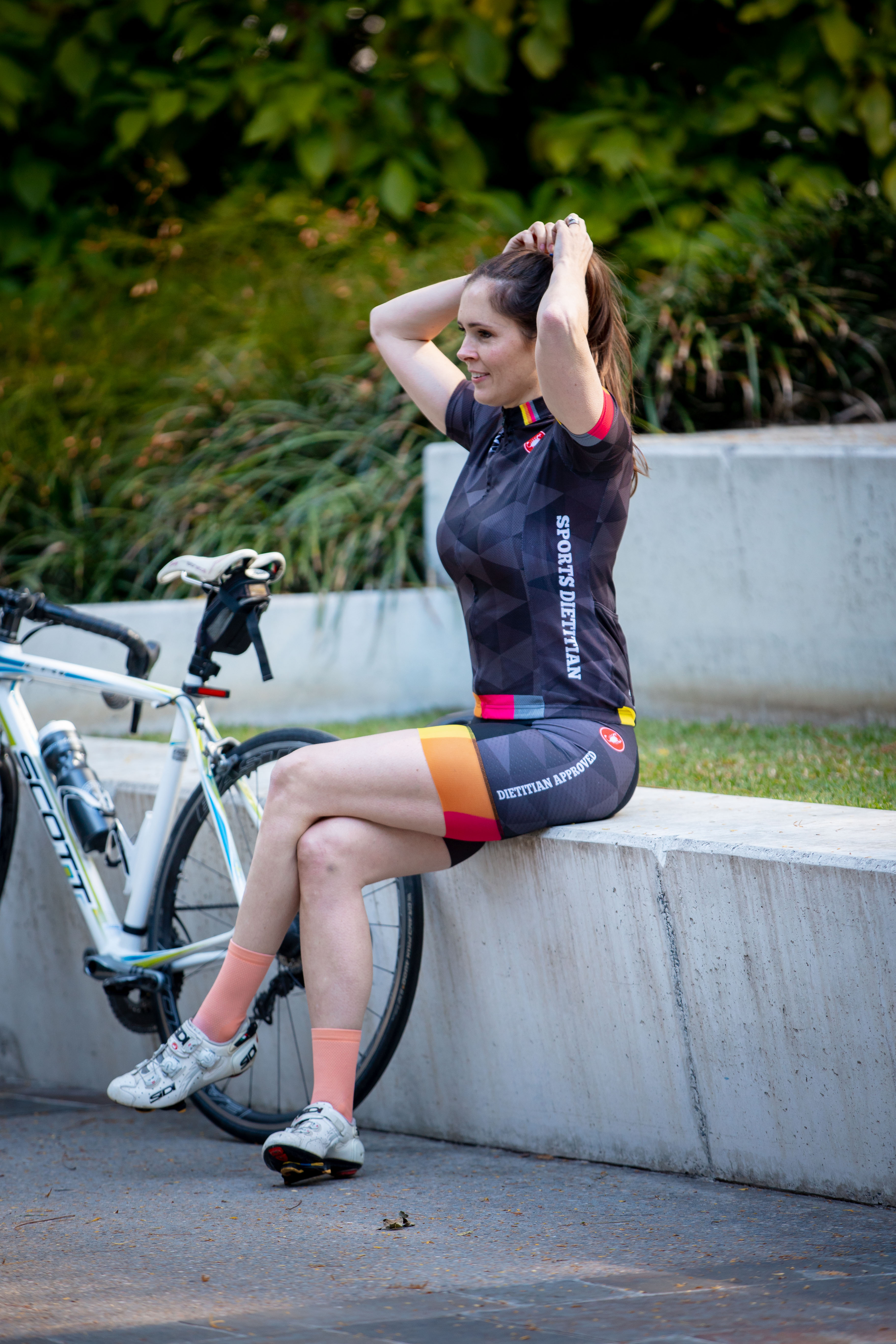How To Shave Minutes Off Your Triathlon Transition Times

Having a smooth and efficient transition is crucial in a triathlon to save time and maintain momentum.
Practice and preparation are key to a faster transition. By implementing these tips and refining your routine, you can improve your efficiency and save valuable time during a triathlon transition.
1. Organise your gear
Lay out your equipment in a logical order so that everything is easily accessible. Arrange your items in a sequence that matches the order in which you will need them during the transition.
- It’s bike then run, so don’t have your shoes sitting in your helmet.
- Put your helmet on your bike, top down, straps out, ready to chuck on your head.
- Where is it best to put your sunnies? Inside your helmet to put on first or tucked into the outside to put on while you’re riding?
- When to put your race number on? When is it needed? Do you clip it on your race belt for when you start to run? Or under your wetsuit (if needed for the bike)?
- Sunscreen - use waterproof and long lasting. Put on prerace, then reapply as needed (available at the aid stations).
- Before the race, make sure your bike and shoes are properly adjusted. Bike shoes undone, helmet not too loose or tight.

2. Use a transition towel or mat
Place a brightly coloured mat or towel next to your bike. This will not only help you easily spot where your bike is but will also create a clean and comfortable area to step on when changing your shoes.
3. Simplify your setup
Minimise the number of items you need to handle during the transition. Only keep essential equipment such as your bike, helmet, cycling shoes, and running shoes. Remove any unnecessary items or gear that may slow you down.
Ideally, have everything ready to go on your bike. You’re not grabbing water bottles or nutrition for the bike – it’s already ready to go. If you’re thirsty after the swim, just hold on for 1 more minute and drink once you’re moving. You’re not going to die without that extra transition bottle – it will slow you down and it’s distracting.
An Ironman might be slightly different, but anything 70.3 or less, get the hell out of there and hydrate and fuel once you’re on the bike. No picnics in T1!
All you need to do is put your sunnies and helmet on and get out of there! Your shoes can already be attached to your bike – ready for your flying mount ;)
It’s way faster to run barefoot than in cleats.
Top tip – use rubber bands. Attach them to the back loop of your shoe, attach them somewhere to your bike pedals so your shoes lay flat - ready for your feet to go on top of them.
And do you need socks for the bike? Your feet will be wet, potentially sandy or dirty – if you are a sock wearer, putting them on after the bike, for the run will be much smoother as your feet will be drier.
4. Use elastic laces
Consider replacing your regular shoelaces with elastic laces in your running shoes. Elastic laces allow you to slip your shoes on quickly without the need to tie them, saving precious seconds in the transition.
This is where you might want socks on longer course runs – elastic laces don’t hold as tight to your feet, more likely to slip around more causing blisters and worse case – bleeding.
I used to tape my feet with rock tape pre-race, in places I knew I got blisters.
5. Plan your nutrition in advance
You need a race plan for each distance - no doubling your 70.3 for your Ironman or halving your Full Distance plan for your 70.3 - they are completely different beasts.
You should know exactly what you’re doing on the bike AND on the run – it's well practiced and rehearsed.
Check what’s on offer on course – practice with it, even if you aren’t planning on using it – just in case.
How much? When? What are your requirements and how are you going to meet them? This should encompass what you’re doing during the race, but also everything in the lead up AND recovery afterwards.
Do you have the right hydration set up for what you need?

6. Optimise your transition area for nutrition
Set up your transition area in a way that allows easy access to your nutrition supplies. Where and when you need them. Part of your planning is to figure this out in training.
Bike
- Where are you going to put everything on the bike? Make sure that’s done pre-race so it’s all ready to go. You’re not packing your bento in transition.
- Ensure your bottles have the right liquid where you need it and are filled to the right level. You won’t always want to race with full bottles
Run
- Place your nutrition in a convenient location to grab for the run. This way, you can quickly grab during the transition.
- Have everything already packed in a race belt. You can sort things out while on the course without wasting time searching for them.
- This will save you so much time!! No stopping for a gel in T2. Get the hell out of there and do it while you’re moving.
7. Practice!!
Practice your transitions
Practice your transitions repeatedly before the race. Set up a mock transition area and simulate going from swimming to cycling and from cycling to running. This will help you identify any potential issues and develop a quick and efficient routine.
The day or two before a race I used to love doing a 45 minute mini race – 15 mins swim, T1, 15 mins bike, T2, 15 mins run. It's a great chance to practice transitions, make sure everything is set and working properly. Chat to your coach about something you can implement if you like that idea too.

Practice your nutrition strategy!!
Incorporate your nutrition strategy into your training sessions to ensure it works well for you. Experiment with different types of energy gels, bars, or sports drinks to find what suits your taste and digestion. Practice consuming these items while cycling or running at race pace to get used to eating and drinking while in motion. My golden rule when it comes to race nutrition is NEVER try anything new on race day!
Hopefully, I've saved you at least a couple of minutes in your transitions. I've got some general tips there and some nutrition ones for you as well.
If you're ready to get faster and save even more time in your races, the next things that you want to tackle are your fuelling and hydration during the event. Plus what you do in training because the biggest gains are made in what you consistently do day in, day out.
It's those daily habits that compound over time and give you big training adaptations - this is what is going to help you perform better on race day. It's not the little one percenters or things that we might do once when we race. It's what we do every. single. day.
So come and join me inside the Triathlon Nutrition Academy program and I'll teach you exactly what you need to do when it comes to triathlon nutrition.
To dive deeper, listen to the Triathlon Nutrition Academy Podcast, EP 95 - How To Shave Minutes Off Your Triathlon Transition Times
If you are interested in learning more about the Triathlon Nutrition Academy Program and what it can do for you, head HERE to join the waitlist for our next opening.




